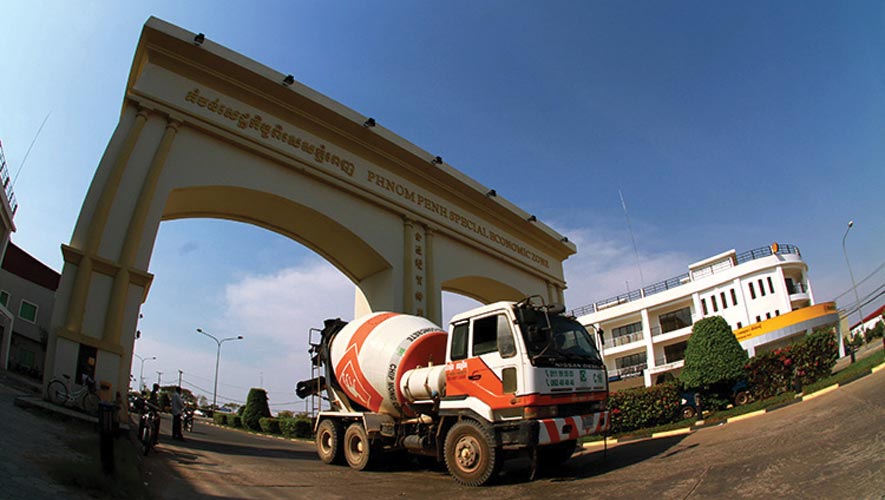Special economic zones are investment hotbeds in Cambodia but with skilled labour shortage and lack of infrastructure upgrades, future growth could be slow
For the latest Cambodian Business news, visit Khmer Times Business
The number of special economic zones (SEZ) in the Kingdom has risen steadily since 2006, driven by incentives, and an investment-friendly ecosystem.
Anthony Galliano, chairman of Cambodian Investment Management (CIM), says China, in particular, has invested substantially in SEZs on the back of its Belt and Road Initiative.
“China is taking advantage of Cambodia’s low tax rates, cheap labour, and the capacity to grow and set up reserve manufacturing bases,” he tells Capital Cambodia.
Cambodia currently hosts 36 SEZs, mostly located in Sihanoukville, Koh Kong, and Svay Rieng. A large number of them are foreign-owned companies engaged in garment manufacturing, home furnishing, automobile parts and light machinery.
Majority Chinese-owned Sihanoukville SEZ is Cambodia’s largest. There are currently 131 companies employing more than 22,000 people. SEZs were established in Cambodia to attract foreign investment, largely comprising Chinese, Taiwanese, Japanese, Korean, and Thai. To attract investors, the government and private developers laid out incentives such as long-term lease, import duty exemption, and permanent visas for investors and their families.
Asian Development Bank (ADB) lead economist Jayant Menon says the viability of SEZs in Cambodia is down to a unique policy. Jayant co-authored a study titled “Cambodia’s Special Economic Zones”, released in 2015.
He says an interesting feature of the policy is that the government has handed over the rein to private developers to establish and manage economic zones. This relieves the government from spending public funds. “It also introduces discipline into the running and management of SEZs, which add to their long-term viability,” he states.
Drawn out problems
However, this segment of the property sector is not void of challenges, which Galliano and Jayant say affect the development and sustainability of economic zones.
The most glaring ones include the lack of infrastructure, high electricity costs, and shortage of skilled labour, Galliano notes.
“While the industry grows, infrastructure development is trailing, although there are plans for further improvement,” he says. As such, Jayant suggests measures to address the challenges such as infrastructure upgrades, and lowering transport costs.
“Trade facilitation must also be improved to reduce cost and delays linked to import and export. The government must also ensure steady electricity supply, and offer it at competitive rates,” he states.
Reforms needed
Galliano says that SEZs have contributed greatly to Cambodia’s economy as they attract foreign direct investment. Their location across the country also means job availability for rural communities.
But he believes that the government should keep up with the competition from neighbouring Thailand and Vietnam by enticing more foreign manufacturing investments.
“Skills need to upgraded to shift away from labour-
intensive production such as garment and footwear, and raw material should be locally sourced,” he adds.
Meanwhile, Jayant says good governance and human capital development should do the trick. “Corruption must be reduced and policies on payment to government agencies, clarified. Most important but most difficult is raising labour quality. It can be done by investing in basic literacy and numeracy before pursuing more ambitious human capital development goals,” he says.




